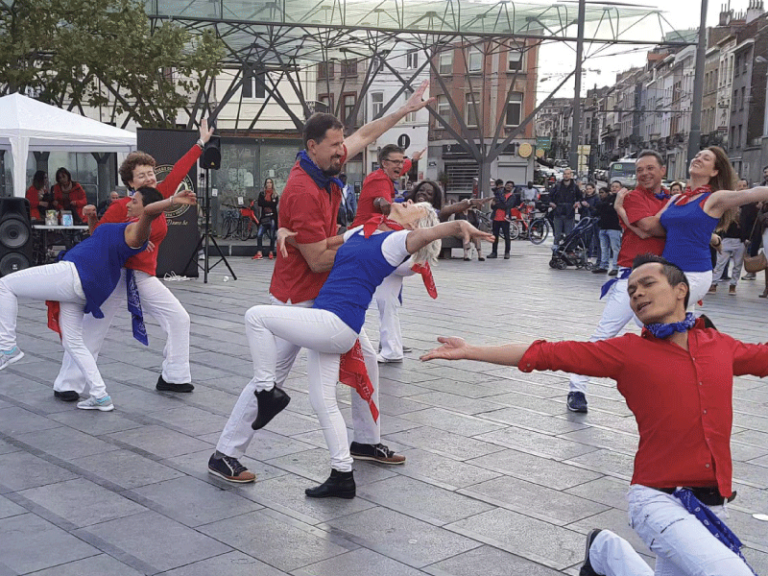News / Evénements :
Cours de Salsa, Bachata à Bruxelles
FuegoDance est une école réputée pour ses cours Salsa / Bachata à Bruxelles.
Nous privilégions la qualité, le partage des connaissances et nous mettons un point d’honneur à faire progresser nos danseurs. Le tout dans une ambiance décontractée et familiale.
Laurent, diplômé en pédagogie, enseigne sa maîtrise de la salsa/bachata de manière évolutive tout en gardant le côté social et amusant…

Que vous soyez débutant, intermédiaire ou avancé.
Nous avons une pédagogie reconnue & une méthodologie efficace pour vous faire évoluer tout en s’amusant.
Teacher FR / ENG
Débutant
Tu n'as jamais dansé ? Aucun problème, il faut un début à tout.
Intermédiaire
Tu as déjà des notions de danse ? Continue ta progression.
Avancé
Tu maitrises déjà toutes les notions de danse ? Perfectionne-toi encore.

Formations :
- Bachelier Pédagogie
- Ecole de Danse Artémis
- Danseur Compagnie Arté-Mixto
- Danseur Compagnie Salsa-Mixta
- Methologie bachata Ataca
Spécialités
Salsa: Rueda, Suelta, body move, estilo, Nudos, rumba …
Bachata Fusion: Bachatango, Moderna, Sensuelle …
T-Shirt FuegoDance
ogo bleu ou turquoise ou noir/ doré
Bachata :
La bachata est un rythme dansant originaire de République Dominicaine
Comment la danser ?
Le mouvement est simple c’est une série de pas simples qui produit un mouvement d’avant en arrière, ou d’un côté à l’autre. Un schéma représentatif serait de la manière suivante : avec le pied gauche, faites un pas vers la gauche, puis ramenez le pied droit à côté du pied gauche deux fois de suite, les quatre premiers temps. Faites aussi de même vers la droite en commençant par le pied droit, pour le retour. Sur le quatrième temps et le huitième temps, pointez respectivement le pied droit puis le pied gauche. Le caractère de la danse est obtenu par un mouvement sensuel du corps et de la hanche qui garde une similitude avec certaines danses africaines.
C’est une des danses les plus simple à apprendre, beaucoup plus simple que la salsa ou le rock, et est une des danses les plus sensuelles.
La bachata a plusieurs variantes :
· bachata moderne: c’est la bachata la plus simple, constituée de figures ou passes, elle se danse principalement en position ouverte ou semi ouverte.
· bachata dominicaine ou bachata dominicana: c’est une bachata plus compliquée que la bachata moderne et qui se danse sur des bachata rapides voire très rapides et qui comporte de nombreux jeux de jambes. Elle se danse chez les très bons danseurs de bachata, car elle nécessite de danser en rythme sur des demi-temps, tout en faisant des transferts de hanche. Elle nécessite un guidage très ferme et se danse souvent en position ouverte.
· bachata sensual: cette variante de la bachata est très en vogue depuis les années 2005-2010, avec des danseurs professeurs internationaux comme Korke et Judith ou Daniel et Désirée. Elle se danse sur des chansons qui ont un rythme lent et sensuel, elle comporte beaucoup de vagues et se danse avec toutes les parties du corps. Elle nécessite un rapprochement des 2 partenaires et la position habituelle est la position fermée.
· autres variantes: bachata traditionnelle, qui fait travailler les hanches et le déplacement du poids du corps, et qui comporte un guidage ferme. Il n’y a pas de mouvement de hanche sur le 4e et 8e temps dans cette danse. Il s’agirait de la « bachata originelle ».
Une chanson de bachata peut avoir plusieurs styles et il convient d’adapter sa danse au style de la chanson de bachata.
La rueda de bachata est une manière de danser la bachata à plusieurs couples en effectuant les mêmes figures annoncées par une personne, à la manière de la rueda de casino.
SALSA :
La salsa désigne à la fois un genre musical et une danse ayant des racines cubaines
La salsa est une danse improvisée qui respecte des pas de base, qui se danse généralement à deux, où le garçon guide la fille , mais que l’on peut pratiquer également seul, ou à plusieurs : en ligne (comparsa, salsa suelta), à plusieurs couples (rueda de casino), ou encore un leader et deux partenaires (plus rarement deux leaders et une partenaire).
L’une des difficultés de la danse vient de la complexité de la musique: le premier temps n’est pas toujours marqué de la même manière. Pour danser en cohérence avec la musique, il faut pouvoir reconnaître les mesures musicales.
Comment la danser ?
La salsa se danse en 8 temps musicaux avec 6 temps dansés et 2 temps de pause. Les pas se comptent ainsi : «1,2,3,( ),5,6,7,( )». Les temps 4 et 8 ne sont pas prononcés car considéré comme temps de pause.
Les pas du cavalier et de la cavalière s’effectuent en miroir : lorsque le cavalier effectue les pas des quatre premiers temps, la cavalière effectue quatre pas identiques aux quatre derniers pas du cavalier, qui sont du fait de la symétrie inversés. Ainsi, lorsque le cavalier déplace son pied gauche, la cavalière déplace son pied droit et vice versa, comme dans beaucoup de danses de couple.
Le style cubain vient de la danse casino des années 1950, telle que pratiquée dans les chorégraphies du Tropicana, fameux club de La Havane, et prend ses racines dans le son cubain : très africain, « dans le sol », les gestes sont économisés – on peut le danser dans des endroits bondés -, les passes épurées, il n’y a pas de jeux de jambes. Le couple se déplace essentiellement en décrivant des cercles successifs. C’est avant tout une danse de la rue, populaire, sociale. Il se danse normalement sur le temps « 1 »
FuegoDance.BE
FUEGODANCE@OUTLOOK.COM
+32 (0) 498 30 13 31
IBAN : BE51 0018 1085 0762

